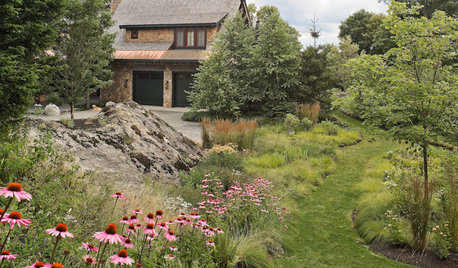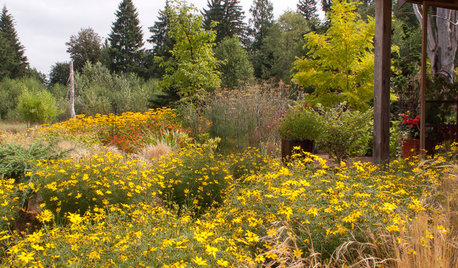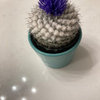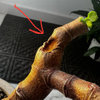Take Two : RE: Haworthia ID anybody
User
10 years ago
Related Stories

BATHROOM DESIGNCenter Bathtubs Take Top Billing
Whether you're going for drama or just a clear footpath, setting your tub in the middle of your bathroom can be just the ticket
Full Story
GARDENING GUIDES13 Risks to Take for True Garden Rewards
Go ahead, be a rebel. Breaking rules in the garden can lead to more happiness, creativity and connection with the earth
Full Story
MODERN HOMESHouzz Tour: A Modern Take on a Montana Log House
Multiple buildings form a vacation compound that's more like environmental art than architecture
Full Story
HOUZZ TOURSHouzz Tour: Taking on the Ruins of an 1800s Bourbon Distillery
Crumbling stone walls and wood from former tobacco barns creates a stunning new home amid rolling Kentucky farmland
Full Story
HOUZZ TOURSMy Houzz: Modernism Takes a Natural Turn in Pennsylvania
Generous wood throughout and woodsy sights outdoors soften and warm this home’s modern lines
Full Story
FLOWERSGreat Design Plant: Zagreb Tickseed Takes Care of Itself (Almost)
Get colorful drama along with deer resistance, drought tolerance and low maintenance — plus a butterfly or two
Full Story
Preview: The Shops at Target Take a New Approach
The big red bulls-eye partners with a handful of boutiques nationwide to offer housewares, accessories and more
Full Story
GARDENING AND LANDSCAPINGTake Back Your Front Yard: 8 Ways to Make It Social
If only trees and squirrels gather in your front yard, you're missing out on valuable socializing space. Here's how to remedy that
Full Story
INSIDE HOUZZHouzz Prizewinners Take Their Kitchen From ‘Atrocious’ to ‘Wow’
A North Carolina family gets the kitchen they always wanted — and not a minute too soon — courtesy of the Houzz sweepstakes
Full Story










Colleen E
Colleen E
Related Professionals
Chattanooga Landscape Architects & Landscape Designers · Essex Landscape Architects & Landscape Designers · Kerman Landscape Contractors · Nutley Landscape Contractors · Sugar Hill Landscape Contractors · Woodburn Landscape Contractors · DeKalb General Contractors · Medford General Contractors · Mililani Town General Contractors · Ashland Decks, Patios & Outdoor Enclosures · Fredonia Decks, Patios & Outdoor Enclosures · Pecan Grove Decks, Patios & Outdoor Enclosures · Pueblo West Decks, Patios & Outdoor Enclosures · Saint Louis Park Decks, Patios & Outdoor Enclosures · West Hills Decks, Patios & Outdoor Enclosuresrosemariero
Colleen E
bikerdoc5968 Z6 SE MI
rosemariero
bikerdoc5968 Z6 SE MI
rosemariero
UserOriginal Author
UserOriginal Author
greenman28 NorCal 7b/8a
UserOriginal Author
greenman28 NorCal 7b/8a
UserOriginal Author
rosemariero
greenman28 NorCal 7b/8a
Danielle Rose